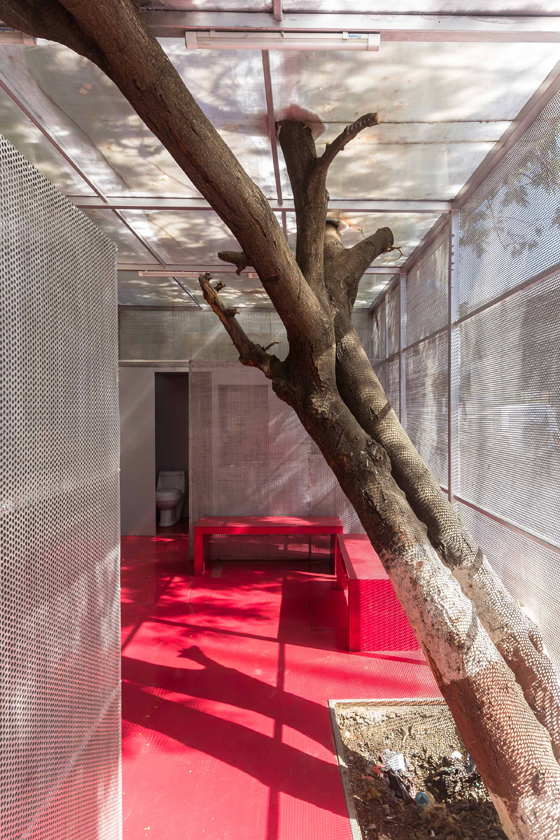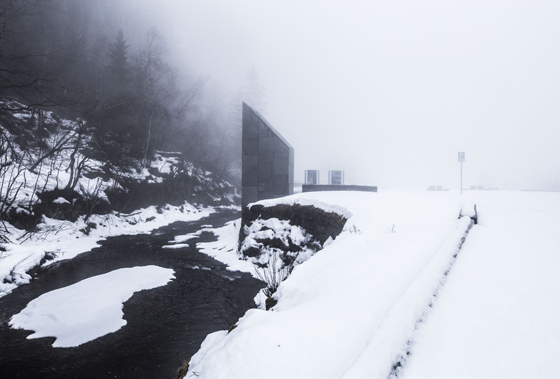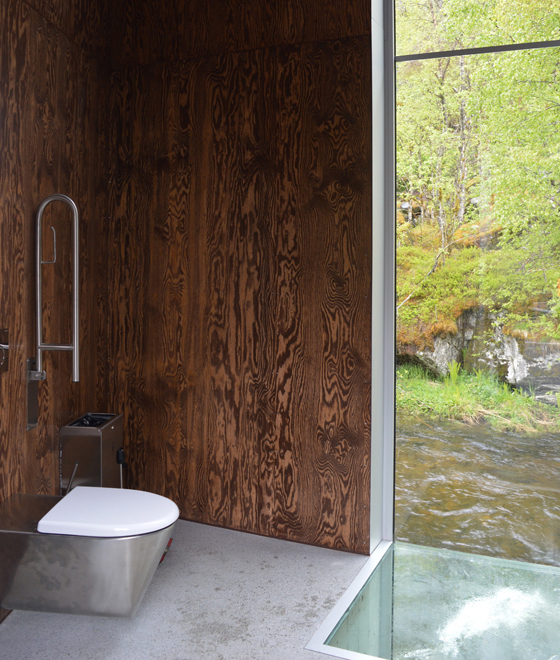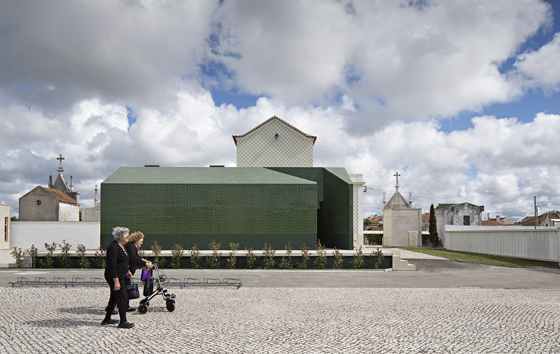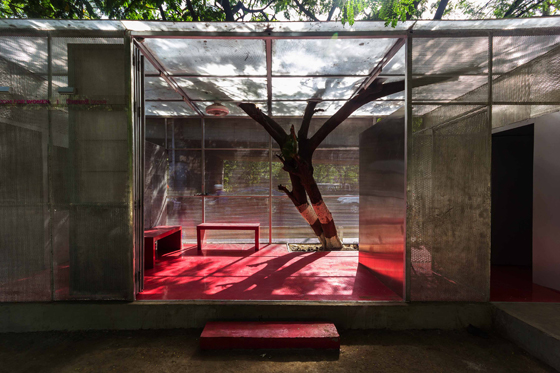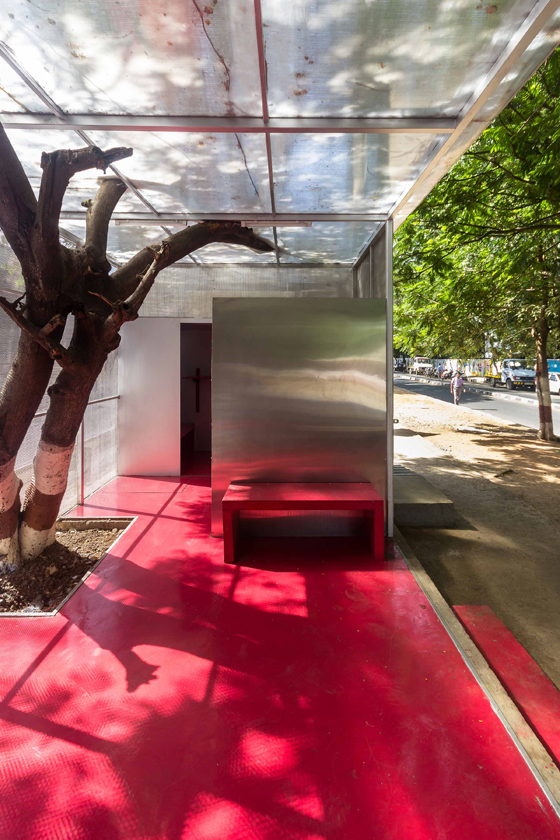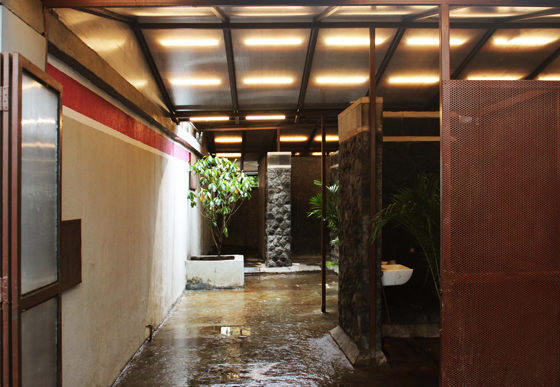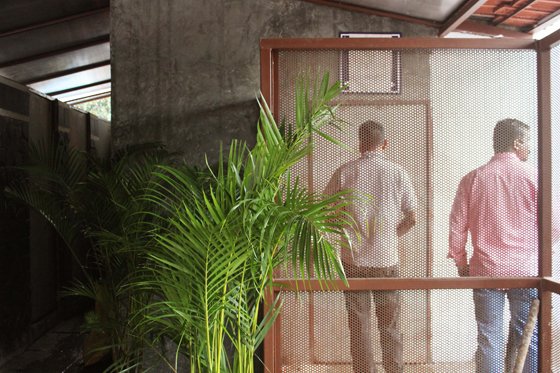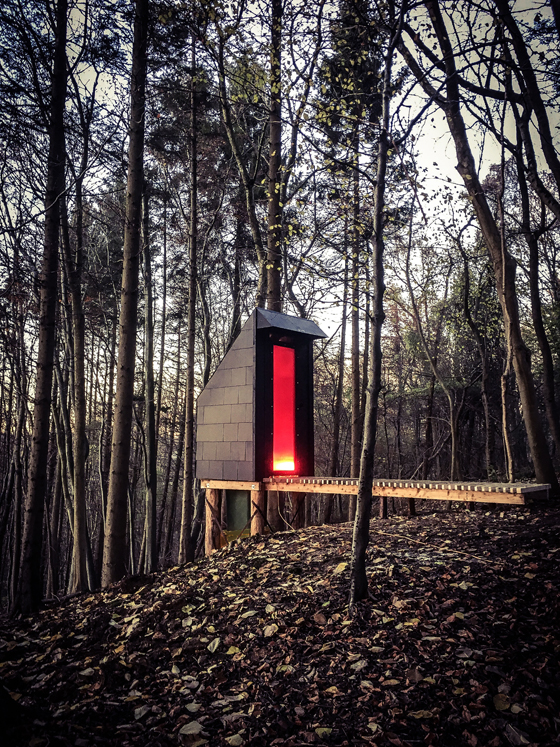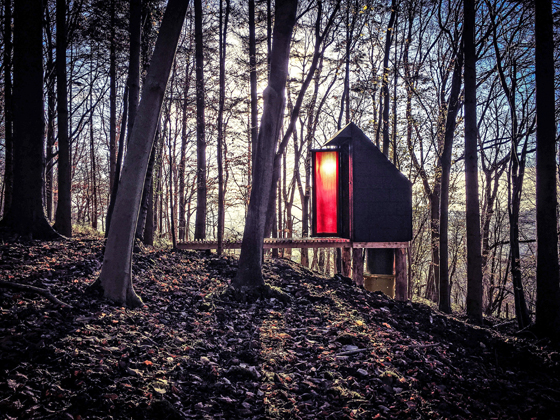Answer the call: 5 new public toilets
Texto por Madeline Bouton
Berlin, Alemania
20.01.18
As sophisticated as we (think we) are as a species, there's no denying biology. That most necessary of public facilities, the toilet, is currently undergoing somewhat of a renaissance via unorthodox materials and environmentally responsible designs, in both urban and rural contexts.
Banal in function, public toilets are charged sites; their presence or often lack thereof can be cause for discomfort and disruption, and even jeopardise health. But the potential of this, at times avoided and often overlooked, infrastructure is great. In their design lies the opportunity to promote not only sustainable waste management but also public health and social justice.
Toilets could be the next posterboys for change – they just need some vision. With eco-conscious designs and recontextualised materials, the architects behind this survey of recently completed projects help this pragmatic typology answer a higher calling.
Skjervet, Granvin, Norway, 2016 by Fortunen AS. Photos: Vidar Herre (top), Fortunen (above)
Skjervet
Granvin, Norway
2016
Fortunen AS
Clad in local stone, the cold exterior of this service building bares little resemblance to its restrooms’ warm, timber-lined interiors. The materials and colour scheme were carefully adapted to the Storelvi river and forest, which one can view through the glass floor-panels and full-height windows while using these roadside facilities.
Where is the toilet, please?, Ílhavo, Portugal, 2017 by M2.senos. Photos: Nelson Garrido
Where is the toilet, please?
Ílhavo, Portugal
2017
M2.senos
Portuguese office M2.senos covered this cemetery’s public toilets in a green ceramic tile to match the ground’s shrubbery. Their goal was to relate the necessary facilities to the site’s natural elements, rather than its constructed ones – namely, the chapel.
The Light Box, Thane, Teen Haath Naka, India, 2016 by Rohan Chavan. Photos: Rohan Chavan
The Light Box
Thane, Teen Haath Naka, India
2016
Rohan Chavan
Commissioned by social enterprise Agasti to design a public space for women to relieve themselves safely, architect Rohan Chavan arranged three toilets and a nursing room around a living tree and surfaced the floor in pink polyurethane.
Toilet in a Courtyard, Mumbai, India, 2017 by Rohan Chavan. Photos: Rohan Chavan
Toilet in a Courtyard
Mumbai, India
2017
Rohan Chavan
Echoing the plan for The Light Box, architect Rohan Chavan designed another public toilet with a courtyard, this time for daily commuters in Mumbai. The material palette, with coloured metal screens and limestone flooring, dialogues with that of the nearby railway station.
Long Drop, United Kingdom, 2016 by Invisible Studio. Photos: Invisible Studio
Long Drop
United Kingdom
2016
Invisible Studio
No-cost and no-impact, the Long Drop is a composting toilet designed by Invisible Studio for their workshop in the woods. The studio scavenged all the building and sheet materials, including the translucent red polycarbonate door.
© Architonic
